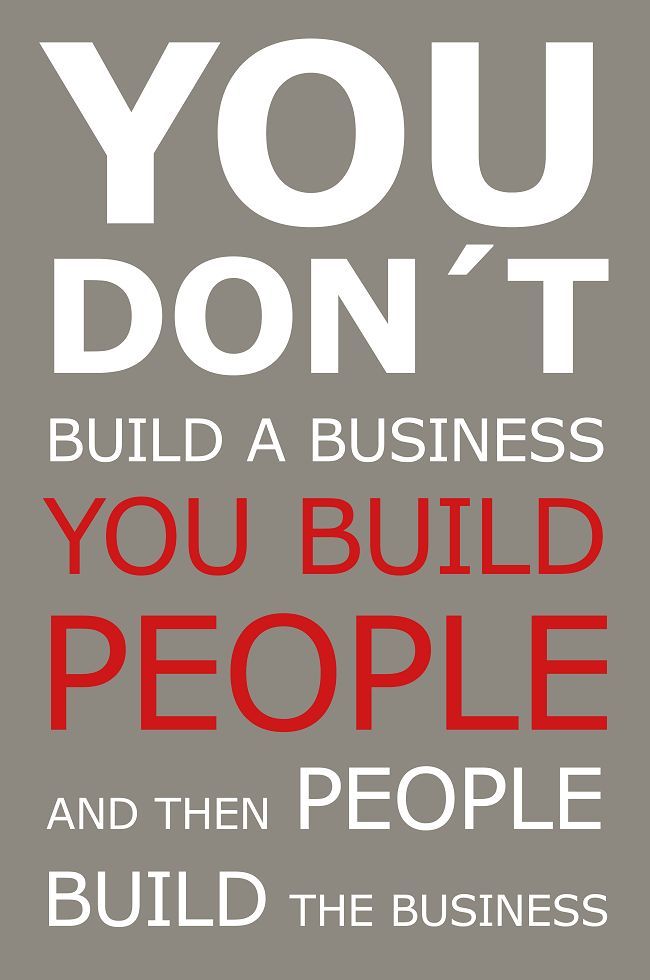4 Ways to Build Your Program
 Another new school year is almost upon us. Since few child care providers get a chance to take the summer off, you’ve probably been scrambling all summer just to keep up, let alone get prepared for a new year! We’ve got some tips to help you make sure your program rolls into the fall at its peak!
Another new school year is almost upon us. Since few child care providers get a chance to take the summer off, you’ve probably been scrambling all summer just to keep up, let alone get prepared for a new year! We’ve got some tips to help you make sure your program rolls into the fall at its peak!
Marketing Your School
The first step in marketing your school is deciding what you want your message to accomplish. Parents decision to place their children in your school will be based on 3 important elements:
- First Impressions: A parent's first contact with your school will likely have a big impact on their decision.
- Enrollment Waiting List: Parents want their children in a popular, successful, and well managed school. A waiting list can also serve as a contact list.
- Facility Appearance: There are 2 areas of concern: the outside front area and the 'welcoming room' or lobby.
 Consider your strategy to reach your target audience. The purpose of an advertising strategy is to communicate your services to potential consumers in the hopes of convincing them to enroll their child in your school.
Consider your strategy to reach your target audience. The purpose of an advertising strategy is to communicate your services to potential consumers in the hopes of convincing them to enroll their child in your school.
Advertising strategies focus on achieving three general goals, to:
- Promote awareness of your school and its services
- Stimulate enrollment
- Establish a 'business' image for your school
The types of media categories from which you can choose include: internet (including your program's website), word of mouth, print, open house, social media (Twitter, Facebook, LinkedIn), email marketing, child care resource and referral networks (CCR&R), and others.
When advertising, remember that parents are looking for benefits your school provides and not the features. When creating an ad, use words that will create the images in parents’ minds that will make them want to send their child to your school. For example, try using "your kids will learn more" (benefit) instead of "our curriculum is top notch." (feature)
It is very important to measure how each advertising method is working so you can update you marketing program, dropping those that don't work and continuing those that do. Some ideas to consider:
- Define your objective: Grow your school and awareness in the community.
- Set the measurement criteria: Sales volume / leads, student retention, new students, customer satisfaction, 'brand' recognition.
- Collect data and analyze: Sales volume / leads, student retention, new students, customer satisfaction, 'brand' recognition.
Hiring Techniques
There are three primary places to find new employees: local community colleges, which will usually offer the most qualified staff; internet job sites; and one of the more popular ways, state work programs.
Once you find potential candidates, do a brief interview over the phone, asking about experience, education, preferred age group and salary expectation. Tell the prospective employee a little about the job--their response will help you determine if you are interested in setting up an interview.
Be sure to have an appication form ready for potential candidates. There are five major sections to every application:
- Personal Information
- Work Requirements
- Education and Employment History
- Personal and Professional References.
- Miscellaneous Information
Once you have selected candidates you would like to further consider, the next step is typically to invite them for an interiew. There are four different interview formats to choose from. Choose the format that works best for your situation:
- Question answer format
- Interview rating scale
- Short answer
- Written format
Introducing Children to Child Care
Children are often going to be apprehensive about leaving their parents for the first time. Here are some things to  think about to help your children transition to your program:
think about to help your children transition to your program:
The Physical Environment
- Adjustment - the initial transition process is very important. Many factors need to be considered, including the child's strengths and needs.
- General Orientation - discuss the layout of the facility, rules of each area and the overall setting.
- Spatial Orientation - orient to the boundaries, both time and space, of the different areas.
- Material Orientation - familiarize them with the materials in the different areas.
- Encouraging Adjustment - follow and encourage progress of the child with parents.
The Daily Rhythm
- Adjustment - Keep the children focused on the order of things in a day. Reintroduce them to the schedule frequently.
- Observing Adjustment - Watch for signs the child knows what comes next.
- Transitions - Routines are the foundation of smooth transitions at child care and are calming and reassuring. Transitions are important for a child’s mind, providing order and restraint, but should be kept to a minimum. Provide cues and reminders and refresh as needed.
Structure & Guidance
- Guidance Techniques - Emotionality is connecting with children with an appropriate tone of voice, facial expressions and word choice.
- Setting Limits - Limits help young children know they are safe, help them learn right from wrong, and understand how to do well in social settings.
- Avoiding Problems - Remember: 1) the perspective of the child and the teaching foundation is a mutual learning experience, and 2) that each child is the precious treasure of a trusting parent. Stay patient be sure to take care of yourself as well.
Building the Best Team
Leadership in the early learning field has never been more important than it is today. The work child care professionals do is so important to the growth and development of our children and the quality of care they receive is dependent on our teachers’ knowledge and training.
 Think of the role of the Director as the team’s Coach. The primary objective of a coach is to develop a group of individuals to function as a team toward a common goal, creating a stronger alliance than the individuals alone.
Think of the role of the Director as the team’s Coach. The primary objective of a coach is to develop a group of individuals to function as a team toward a common goal, creating a stronger alliance than the individuals alone.
While it still may be difficult to compete economically for the best people to work in the early learning field, we can certainly create an enticing environment through supporting, engaging environments, opportunities for personal growth, and a compelling and personally fulfilling mission!
Developing your staff requires a regular commitment of time and resources but it is one of the best investments you'll make! Counter to what many feel motives employees, it's often not money, but rather recognition and a feeling of being valued.
Investing in your employees both in their development but also showing that you care about their personal fulfillment can create an environment that both builds and retains great staff! Considering the costs of losing good employees, keeping them engaged and movitated is a win-win for all!
There are many tools, methods and techniques for coaching employees and providing feedback. Find a process that works for you then stick with it. Follow-through on development is critical, both for their success and to build effective communication and trusting relationships.
For more information, try on online child care classes:
Introducing Children to Child Care
Supporting Your Staff's Development
"The most dangerous phrase in language is 'we've always done it this way'"
